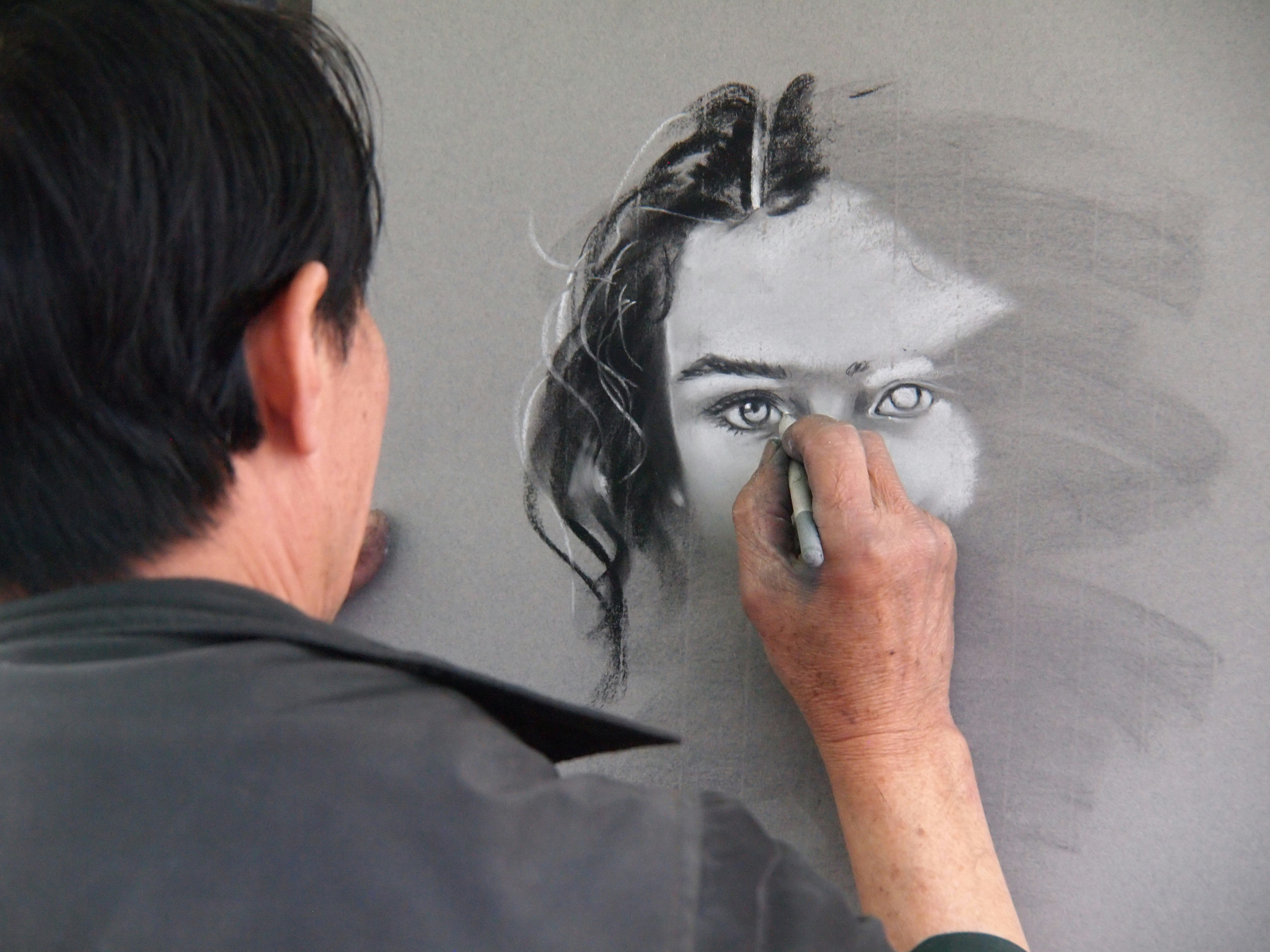Cinematic Poetry: The Subtle Rise of Visual Verse in Film
Introduction: In the bustling world of the arts and entertainment industry, a unique and subtle trend has been quietly gaining momentum: the use of visual verse in film. This innovative fusion of cinema and poetry is reshaping storytelling, offering audiences a fresh, immersive experience.

Visual Verse: A Historical Backdrop
Visual verse, the artful blending of poetic elements with visual storytelling, has its roots in the silent film era. Filmmakers of the early 20th century relied on visual cues to convey narratives, inadvertently creating a form of visual poetry. As sound entered the cinematic scene, this reliance on visual cues lessened, but the potential of visual verse remained.
Rise of Cinematic Poetry in Modern Film
In recent years, filmmakers have begun to revisit visual verse, using it to create nuanced, evocative narratives. Directors like Terrence Malick and Alejandro González Iñárritu have pioneered this trend, crafting films that transcend traditional storytelling techniques. Their work, filled with metaphorical imagery and poetic symbolism, has redefined cinematic narratives.
Current Developments and Innovations
The current wave of visual verse in film extends beyond the big screen. Streaming platforms, with their freedom from traditional cinematic constraints, have become a fertile ground for this form of storytelling. Shows like Netflix’s ‘The OA’ and Amazon’s ‘Undone’ have incorporated elements of visual verse, pushing the boundaries of television narratives.
Impact and Reception of Visual Verse
The use of visual verse in film has sparked a myriad of reactions. Critics laud it for its ability to create deeper, more immersive narratives, while others argue it can come across as pretentious or overly complex. However, the audience reception has been largely positive, with many appreciating the fresh, innovative approach to storytelling.
The Future of Visual Verse in Film
As we move forward, the use of visual verse in film shows no signs of slowing down. With the rise of virtual and augmented reality technologies, the potential for visual verse is expanding. Filmmakers now have the opportunity to create truly immersive poetic experiences, marking an exciting new chapter in the world of cinematic storytelling.
In conclusion, visual verse in film is a rising trend that offers a refreshing break from conventional storytelling. As filmmakers continue to experiment with this innovative technique, audiences can expect to see more poetic, visually-stunning narratives on both the big screen and their television sets.




